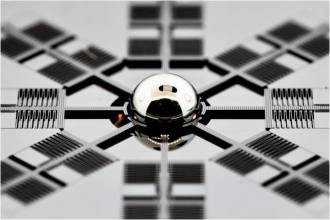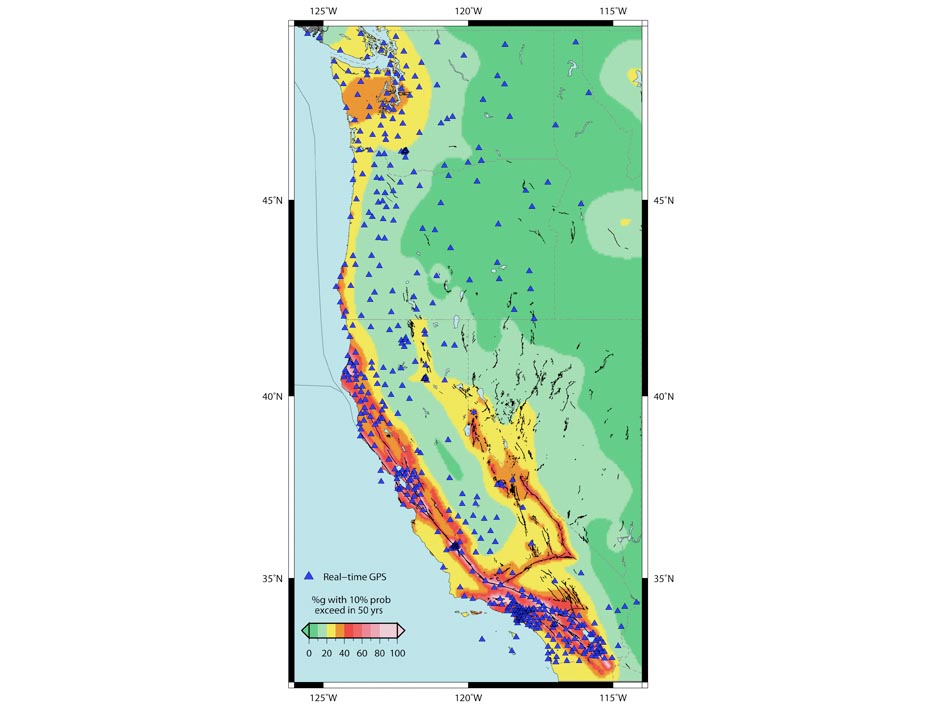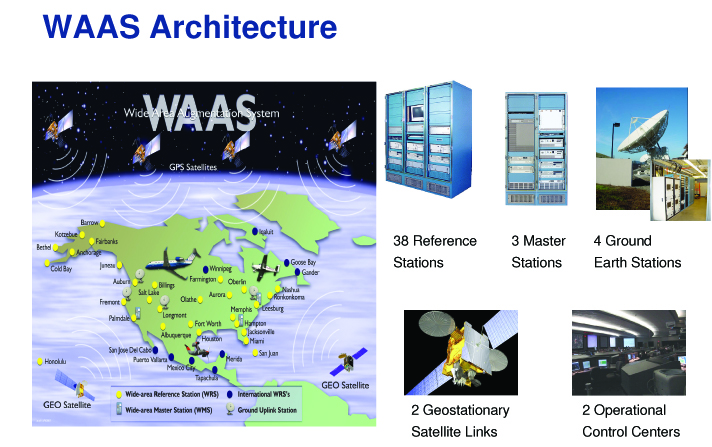DARPA Seeks New Inertial-Atomic Sensor to Enable Military Missions in GPS-Denied Areas
The Defense Advanced Research Projects Agency (DARPA) has launched a search for an atomic inertial sensor to measure orientation in GPS-denied environments.
The Chip-Scale Combinatorial Atomic Navigator (C-SCAN) initiative seeks to create a sensor that integrates small size, low power consumption, high resolution of motion detection, and a fast startup time into a single package.
By Inside GNSS















